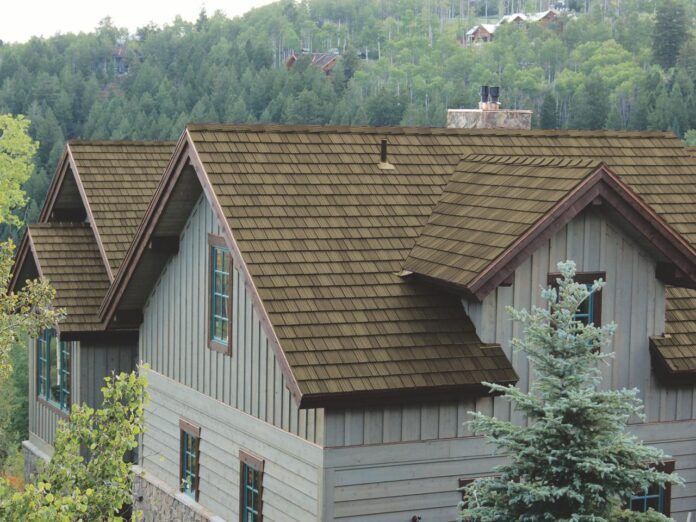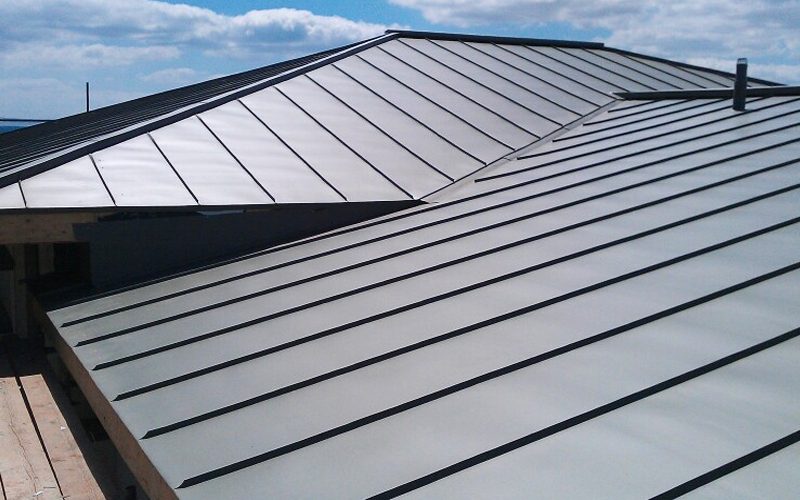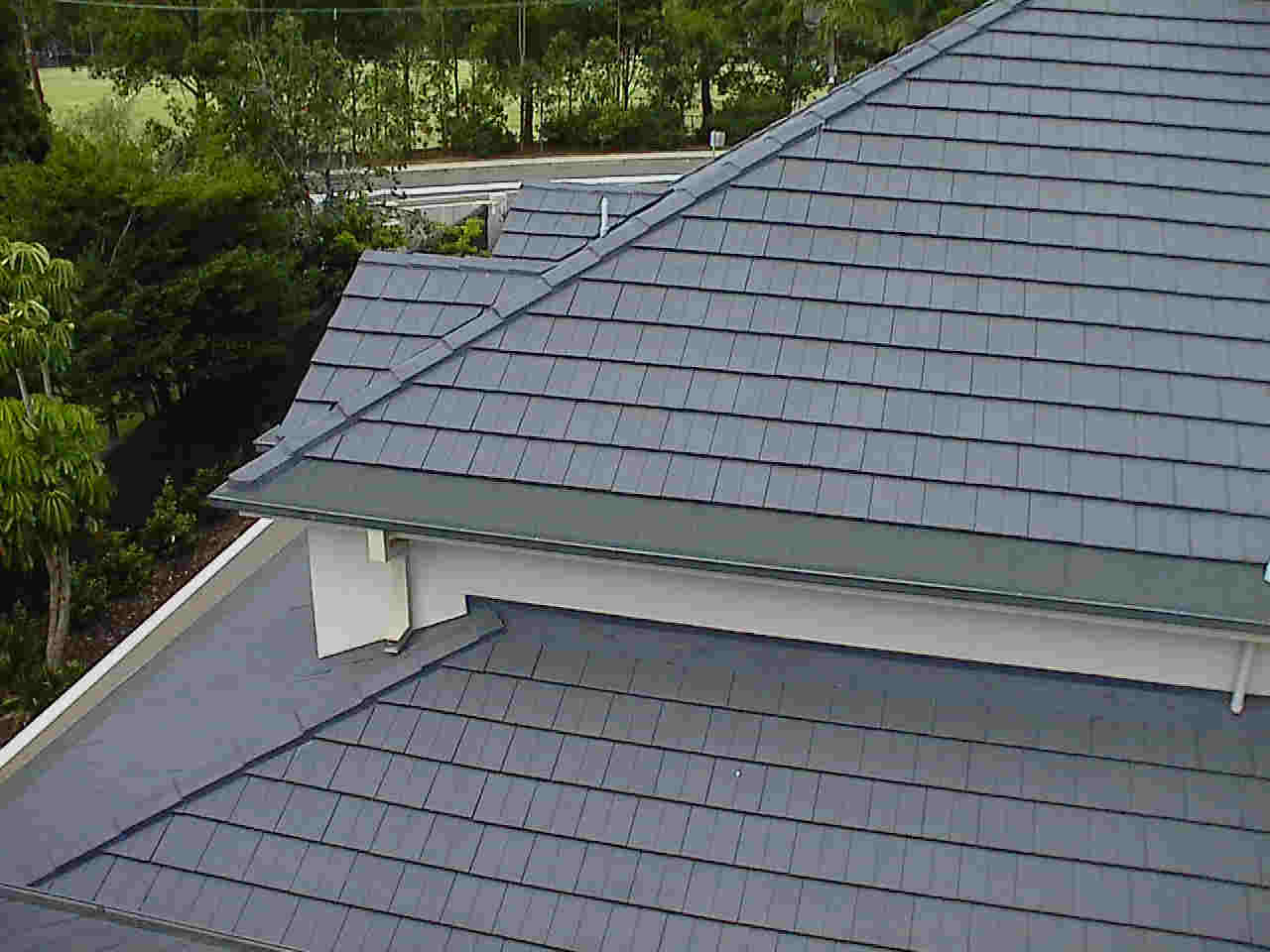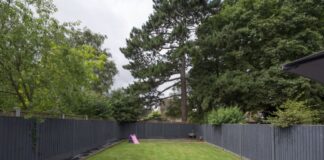The roof’s longevity, durability, security, and energy efficiency will depend on the roofing materials you buy. For that reason, every homeowner needs to be careful about what they install on their roofs. The good news is that there are many roofing materials.
Many roofing materials in the market make it challenging to select a roof type that suits your needs and style. However, comparing their aesthetics, energy efficiency, and maintenance costs can help you get the best roof for your building.
Before we look at these factors and others in-depth, note that there are other causes of roof damage besides installing low-quality material. For example, poor roof installation could lead to roof problems regardless of how good the material is.
What To Consider When Purchasing the Best Roofing Material
Suppose it is your first time buying a roofing material, and you are unsure of what to buy. Research first by checking out the features of each material and its pros and cons. Alternatively, you can hire an expert in roofing Lubbock TX, to help you select.
Some of the things that will influence your choice are;
1. Durability
You don’t want to shop for a replacement roof a short while after installing one, so you should invest in a sturdy material. These are costly but last longer and are low maintenance.
Besides, different materials have various lifespans and are vulnerable to different climatic conditions. If the manufacturer advises that the particular type of roof is suitable for a dry climate, avoid buying it for a house in a rainy environment because it won’t last.
Consider roofing that can withstand extreme heat and rain. They should be resistant to water and have a good crack and impact resistance. Also, purchase heavy-duty shingles to avoid losing them after a storm.
2. Budget
However, purchase what you can afford, so your budget is an essential factor. Luckily, roof materials cost differently, and there is always something for everyone, depending on their budget. However, avoid setting a low budget because you will end up with low-quality shingles.
Alternatively, you can save months before your roof replacement. Having more money means better choices of roofing materials. It is also essential to buy from reputable brands. Although their roofing materials are expensive, you are guaranteed quality.
3. Maintenance
Roofs are expensive to buy and install, and having a high-maintenance roof is another headache you don’t want to deal with. Check out everything it takes to maintain a particular roofing material during your research, and tick the most suitable options.
Check if your roof will require you to repaint annually. Also, avoid buying fragile tiles because they break easily, forcing you to repair them often. A high maintenance roof is more frustrating, so you better choose a quality material.
4. Climatic Condition
Although most homeowners overlook the significance of considering their home’s environment when purchasing roofs; nevertheless, it is critical. Some materials do not hold up well in rainy climates, whereas others do well in snowy climates.
5. Home Design And Aesthetics
Your roofing materials should match your home’s architectural design. For example, there are shingles made specifically for ancient homes, while other roofing materials fit well in modern homes. Failure to match the home design and shingle material could reduce the home’s value.
The house’s color also determines the color of the shingles to buy. For example, bright-colored homes require dark roofing. Matching the two wrongly reduces the curb appeal and could also reduce the home’s value.
Other Factors Affecting Roof’s Longevity
The main reason for buying a high-quality roof is to avoid doing roof replacements quickly after installation. Although most roofs suffer damages immediately after setting them up because of poor quality materials, other factors can also fasten roof damage.
1. Roof Pitch
You could buy the best roofing material, but it won’t last long if you get the roof pitch wrong. The pitch might depend on your area’s climatic condition or your house’s architectural design.
For example, flat roofs are prone to water damage because water does not flow down to the gutters. When the roof shingles stay without drying, the material soaks in the water and starts to rot. Others rust and weaken, shortening the roof’s lifespan.
Rainy climates require high-pitched roofs to ensure the water drains into the gutter system. Houses in dry climates can survive with flat roofs.
2. Roof insulation
The roof’s insulation mainly prevents moisture damage, but uninsulated roofs suffer many roof problems. For example, exposing the other roof materials to direct sunlight could lead to faster wear and tear and rotting.
Buy a high-quality insulation material and let the contractor decide where best to install it. You can also install ventilation in the attic to keep the correct temperatures of the roof and reduce energy bills.
3. Poor Installation
One reason to hire a professional roof installer is to have an effective roof and ensure it lasts long. Buying the best roofing materials doesn’t matter if the roof installation is done wrongly.
Besides, poor installation leads to falling shingles, which leave other roof parts exposed. Similarly, the falling shingles could cause accidents, and you will not get the manufacturer’s compensation if you have your roof installed by an unprofessional.
Many installers claim to be experienced experts, making it hard to choose one. Before hiring, look for important documents like license and Insurance because they prove that the installer is eligible to be operating.
4. Roof Age
If your roof has lasted long enough, don’t blame the materials for the damage. Check the manufacturing date to see if the signs of wear are the result of age or other factors.
Also, avoid repairing too old roofs. It is costly to maintain them, and you will spend more money on repairs than doing an entire roof replacement. When buying a home, inquire about the age of the roof or contact a roofing contractor to evaluate the roof for you.
Final Words
The roof’s aesthetics will attract most homeowners, but nevertheless, the roof should be strong enough to resist the climatic elements. Although it is challenging to select a roofing material, these factors will make you choose the best material.




















